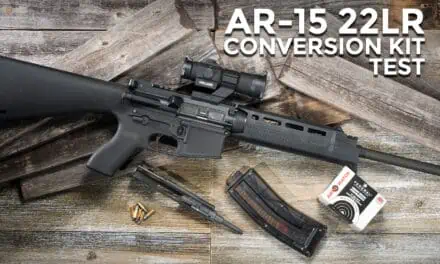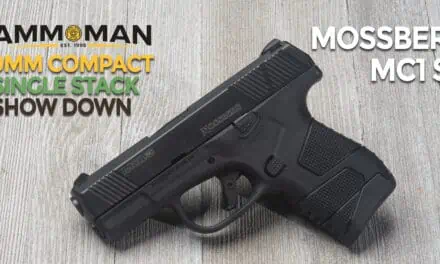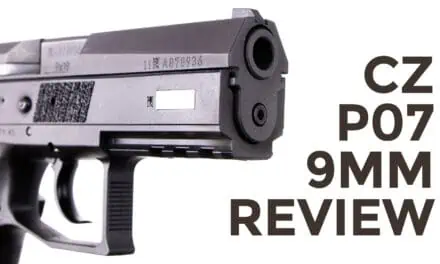32 ACP delivered significant innovation when it hit the market in 1899. Weak enough for use in simple blowback pistols but strong enough to penetrate sufficiently deeply for defensive use. It outclassed 32 S&W Long in terms of ballistics, while being fare smaller. Being semi-rimmed, it could fit revolvers too. In Europe, 32 ACP was a popular officer’s sidearm caliber during WW1. It was still in common use by police through the 1950s. And yet, it was eclipsed by 380 ACP less than a decade later.
Designed by the same John Moses Browning as 32 ACP, 380 ACP was a more modern rimless cartridge in design. No longer suitable for most revolvers without moon clips, it made autoloader magazine design easier. Stronger 38 Automatic required locked breech guns, but the milder 380 ACP could get by with almost the same mechanisms as 32 ACP. Colt Vest Pocket 1908 had the same external dimensions in both calibers, and so did Walther PP/PPK, FN 1910 and 1922 models. 380 ACP had a brief popularity as a military sidearm cartridge during WW2, but fell out of favor thereafter.
32 ACP vs 380 ACP Caliber Specs
| 32 ACP | 380 ACP | |
|---|---|---|
| Bullet Dimension | .312" | .355" |
| Common Bullet Weights | 60-73 Grain | 77-99 Grain |
| Velocity Range | 850-1000 fps | 850-1000 fps |
The difference in internal ballistics is slim: 380 has a fractionally higher chamber pressure. The bullet dimensions, .312″ vs .355″ add up to a 30% frontal area and 30% mass difference, with the initial velocity being similar in the 850-1000fps range. Penetration in gel is usually similar, sufficient with FMJ, slightly on the shallow side with JHP when fired from long enough barrels for expansion. Both calibers rely on multiple hits for any stopping power, the concept taken to its logical extension by Czechoslovakia with the vz61 Scorpion machine pistol.
Gel Testing 380 ACP and 32 ACP
Gel tests confirm the numbers.

Ball ammunition in both calibers sailed straight through the 16 1/4″ block, leaving straight-line caliber-sized disruption trails.
Hornady Critical Defense Tests
Hornady Critical Defense showed the same difference: 32 ACP ammo with 60 grain bullets made a slight 7.5″ path, with a 11/32″ expanded bullet at the end. Hornady’s 90 grain 380 ACP ammo expanded more, to 1/2″. The bullet lost pieces of jacket early in the path and penetrated nine inches.
Federal Punch Tests
For self-defense, penetration is on the low side, but 380 shows substantially increased frontal area. Federal punch went a respectable 12 1/4″ in 32 ACP, with good expansion to 3/8″ — a clear winner in that caliber. The Federal Punch 380 ACP ammo penetrated less, only 9 1/4″, while expanding more to a respectable 9/16″ or .56 caliber, and causing extensive cavitation early in the “wound track”.
For comparison, I also tried discontinued Norma MHP (monolithic hollow point), mainly because it featured a very FMJ-like form for better feeding in older 380s: 11 1/4″ penetration, significant cavitation, and excellent expansion to 5/8″. The two factors making that possible: all-copper construction, and four-petal expansion that has less frontal area than the rounder six-petal mushroom shapes of the other brands. Within the limited energy and projectile size envelope, we just pick what trade-offs seem reasonable.
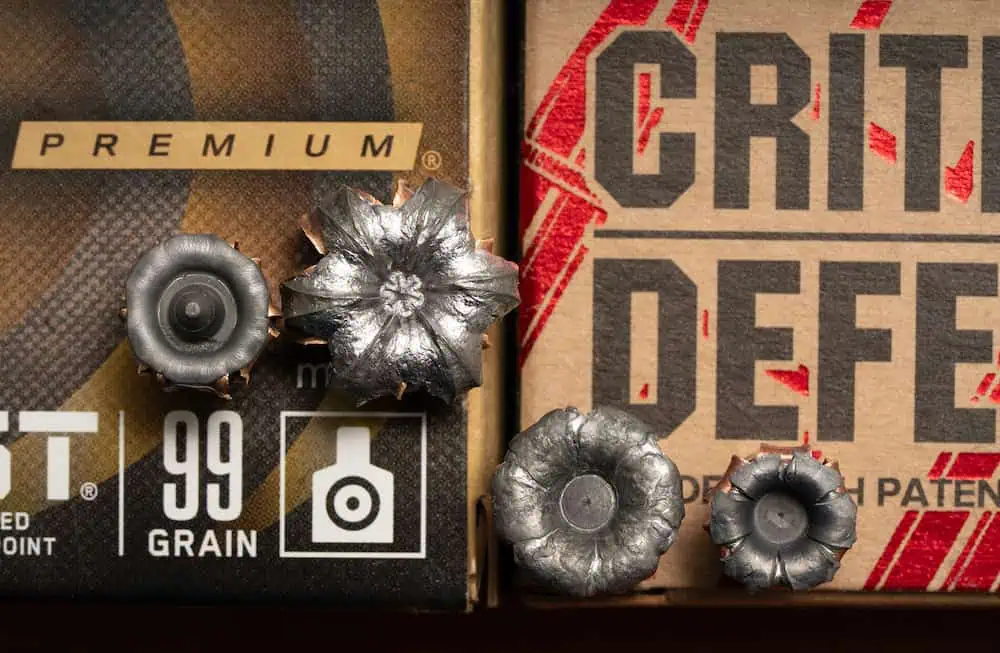
At first glance, 380 ACP wins hands down: it puts a greater hurt on the foe per shot. With large and midsize firearms, that advantage is decisive enough to make it the overwhelming favorite with gunmakers and buyers. 32 ACP retains a couple of niches in which its smaller size and lower energy are preferable. Sound suppression, for example, is easier with a smaller bore and less powder burned.
Capacity Considerations
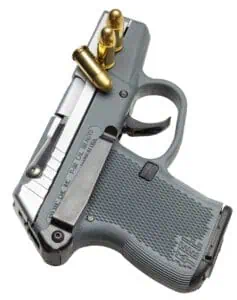
The Keltec P32 is available in both 32 ACP and 380 ACP.
KelTec P32/P3AT are tiny 8oz locked breech pistols available in both calibers. 32 ACP wins on the magazine capacity, 7 vs 6. More significantly, it wins on lower recoil and practical accuracy. The same is true of the Walther PPK, serviceable in 32 but downright unpleasant to fire in 380.
In short, the compact and the subcompact handguns do better in the smaller caliber. Having an extra round in the magazine and being able to deliver those shots unflinchingly remains popular with a small but steadfast cadre of 32ACP fans.
The Takeaway in the 32 ACP vs 380 Debate
We can debate the theoretical qualities of the case designs. 32 ACP favors more reliable extraction, 380 ACP is more likely to feed well. The 32 headspaces on the rim, 380 on the case mouth, the latter being theoretically helpful to accuracy. At the same time, the 32 pistols are overbuilt relative to the bore size, also favoring accuracy. All this splitting of hairs adds up to the ballistic performance being the decisive factor, and felt recoil the supplemental consideration.
So, 380 ACP is the cartridge of choice for locked breech compact and mid-size pistols, even full-size for the countries where 9mm Luger isn’t permitted. 32 ACP wins in the subcompact category, and in lightweight blowback pistols.

